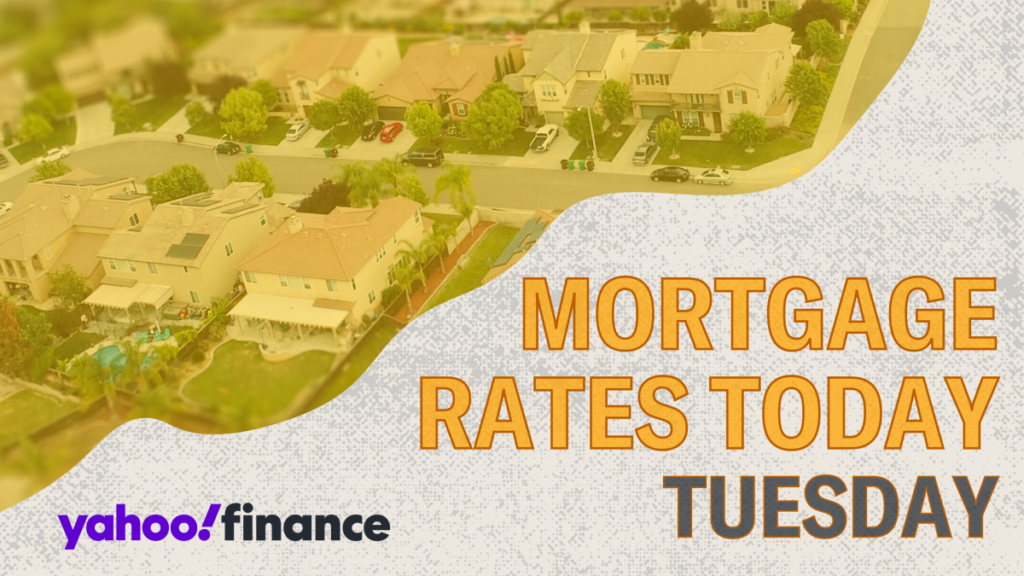As of today, mortgage rates for home purchases have seen a slight decline in comparison to recent months, as detailed by Zillow. The current averages for fixed-rate mortgages are 6.61% for a 30-year term and 5.95% for a 15-year term, both reflecting a decrease of three basis points. While these rates present an opportune moment for potential buyers, it’s noteworthy that mortgage refinance rates have increased during the same period. This discrepancy indicates that it may be a better time to consider purchasing a home rather than refinancing an existing mortgage. The average rates for different mortgage types, such as 20-year and adjustable-rate mortgages, have also been briefly outlined, emphasizing the importance of understanding the national averages when making decisions in the mortgage market.
The present mortgage refinance rates tell a contrasting story. With a 30-year fixed rate at 6.71% and 15-year fixed at 6.06%, these numbers show an uptick compared to purchase rates, which is a common trend in the mortgage industry. Other refinance options, including adjustable-rate mortgages (ARMs), also reflect higher percentages, exacerbating the case that refinancing may not currently be advantageous. As speculative as rates can be, it’s vital for individuals contemplating refinancing to contrast these current numbers with historical averages and market predictions to make informed decisions.
Understanding mortgage calculations can significantly affect financial planning. Utilizing a mortgage calculator, such as the one available on Yahoo Finance, can help potential buyers simulate various scenarios by changing mortgage terms and interest rates. The calculator goes beyond principal and interest by factoring in property taxes and homeowners insurance, enabling a more comprehensive view of overall monthly payments. While traditional wisdom suggests that shorter-term mortgages (like the 15-year fixed) might save interest over time, they bear higher monthly payments that could strain family budgets. For instance, opting for a 30-year mortgage at a higher rate ultimately leads to more accrued interest over time, whereas a shorter term with a lower interest rate could yield substantial savings in the long run if monthly payments are manageable.
When choosing between fixed and adjustable-rate mortgages, borrowers need to be cautious, as these options cater to different financial strategies. Fixed-rate mortgages promise stability with locked rates from day one, ideal for homeowners planning to stay long-term. Conversely, adjustable-rate mortgages can offer lower initial rates but may expose borrowers to future rate volatility, particularly after the locked period expires. A 7/1 ARM, for example, guarantees a low rate for the first seven years before the rate adjusts according to market conditions. Given that current market trends show fixed-rate mortgages starting lower than their adjustable counterparts, buyers may wish to consider fixed options for more certain long-term planning.
The recent trajectory of mortgage rates is heavily influenced by the actions of the Federal Reserve (Fed). After a series of decreases from early August leading to the September 18 meeting, a 50-basis-point reduction in the federal funds rate hinted at potential economic recovery. However, the impact on mortgage rates is not direct; they are more of a reflective indicator of broader economic conditions. While the Fed has also signaled further reductions in meetings, mortgage rates have seen a gradual rise instead of the expected decline. This nuanced dynamic means that prospective buyers and those considering refinancing must closely monitor Fed actions and related economic trends.
Looking ahead, expert analyses suggest that while mortgage rates may not significantly drop throughout 2024, there’s a potential for gradual decreases in 2025. This outlook presents both challenges and opportunities for home buyers and existing homeowners alike. Keeping abreast of rate movements and economic indicators is essential for making sound financial decisions. In summary, this moment may represent a favorable time for purchasing homes, particularly due to lower purchase rates compared to refinance rates, but careful consideration and thorough research into personal financial situations and market trends remain paramount for all prospective buyers and homeowners.

